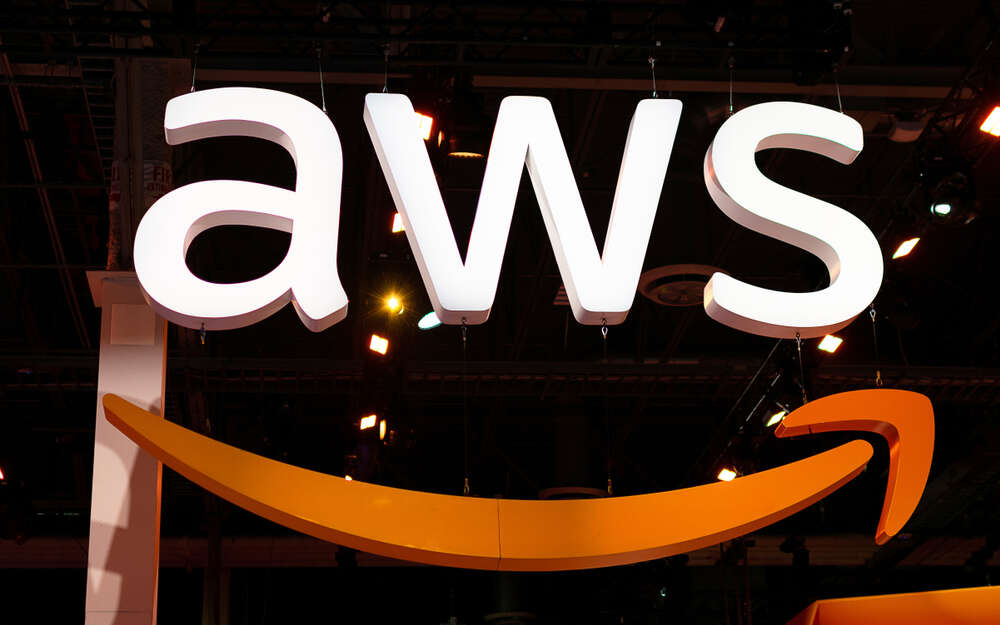
Table of contents
When it comes to cloud computing platforms, Amazon Web Services (AWS) stands out from the crowd. Launched in 2006 by Amazon.com, AWS was one of the first providers of a pay-as-you-go cloud computing model and has preserved its status as the market leader to this day.
Its reign has not been lacking in controversy. In recent years, AWS has not only been accused of poor security practices and fostering a hostile working culture, but has also attracted the ire of antitrust campaigners suspicious of the firm’s dominance in the cloud market. Could AWS, then, be about to be toppled from its pedestal as the world’s largest cloud services company?
How does Amazon Web Services work?
In its most basic form, AWS is a cloud computing platform, offering customers the chance to outsource their data storage requirements to Amazon instead of having to invest in their own servers. Its servers are organised according to specific regions and subdivided into discrete ‘availability zones’ (AZs.) AWS’s London region, for example, serves the UK using three distinct AZs, each housing a cluster of data centres that, while physically separate from other zones, are nonetheless connected with each other.
This system, AWS argues, affords the cloud giant greater levels of redundancy in its product portfolio (it is also a model that is used by Microsoft Azure and Google Cloud). The AWS system can be divided into three buckets: EC2, the platform’s virtual machine service; Glacier, a cloud storage service accessible to everyone; and S3, Amazon’s official storage system.
Each of these services can be further tailored to the customer’s needs, with options including database storage, hybrid cloud and networking solutions, and AI-powered analytics services capable of automatically parsing through the reams of data stored in AWS’ servers.

Which companies use AWS?
An estimated one million businesses use Amazon Web Services. Some of its biggest customers are Adobe, Twitch, BBC and Netflix.
The latter, in particular, is the top AWS user based on EC2 monthly spend, leading with $19m. Twitch is the second, with $15m, BBC is sixth with $9m and Adobe is ninth with $8m. Netflix was also the biggest company that became an AWS user before 2010, having signed up in 2009.
In 2016, Netflix pushed Amazon Web Services to its limits when it decided to move all of its IT operations and services to the cloud platform. Since then, however, AWS has since expanded its capacity and now covers almost all of Netflix’s storage needs.
What are AWS’s competitors?
Like any other enterprise, AWS has its competitors. Its largest rivals are Google Cloud Computing Platform and Microsoft Azure, followed by IBM Cloud, Oracle Cloud and VMWare.
Market-wise, Google Cloud and Microsoft Azure pose the biggest threat to AWS’s dominance. In 2020 Gartner posted a report, which defined both Google Cloud Platform and AWS as part of the five main public cloud providers that constitute 80% of the infrastructure as a Service Magic Quadrant (IaaS) market. Google’s performance in 2022 was impressive, with its revenue going up by 35% year-on-year. On the other hand, Microsoft Azure is not as popular as AWS or GCP, but it has been outperforming both with a 50% revenue growth and $17.7 bln in commercial revenue.
The top three cloud computing platforms possess differences in how they operate, but share the same fundamental structure. Both AWS and Google Cloud, for example, have similar mechanisms for their virtual machines (VMs), which are the foundation of cloud computing. The main difference between Azure, Google Cloud and AWS lies in their size. AWS, for example, boasts some 78 availability zones. Azure, meanwhile, has 54 regions worldwide and is available in 140 countries, while Google Cloud continues to trail both with a presence in only 20 regions globally.
What’s next for AWS?
In 2021, Amazon Web Services updated its data analytics services, announced new hardware specs for its virtual machines, and entered the field of enterprise robotics. It also introduced a 5G service and upped its overall operating speed.
AWS is also highly likely to continue its investment in AI as a secondary tool to aid applications and workflows, create more personalised services for customers, increase customer engagement and even detect fraud. Products of this ilk that have been recently released or announced include Amazon Rekognition, Amazon Lookout for Vision, AWS Panorama, Amazon Textract, Amazon Lex and Amazon Personalize.
Amazon’s plans to expand its Internet of Things (IoT) product portfolio are also likely to draw on the resources of AWS. Hints toward its overall strategy were provided in June 2022 with Amazon’s release of ExpressLink, a service intended to make it quicker and easier for IoT modules to connect to the cloud.
Profits are also predicted to rise for AWS in the near-term. Based on the doubling of its revenues from $35bn in 2019 to $62bn in 2021, Amazon Web Services should see revenues reaching $101bn by next year, in what would be a colossal achievement for the company. Increased attention from regulators on antitrust concerns in the cloud computing sector, however, might prevent AWS from breaking any records, with UK and EU ombudsmen having both recently launched investigations into hyperscale cloud providers. Only time will tell, however, as to whether this will ultimately impact AWS’ market share.






